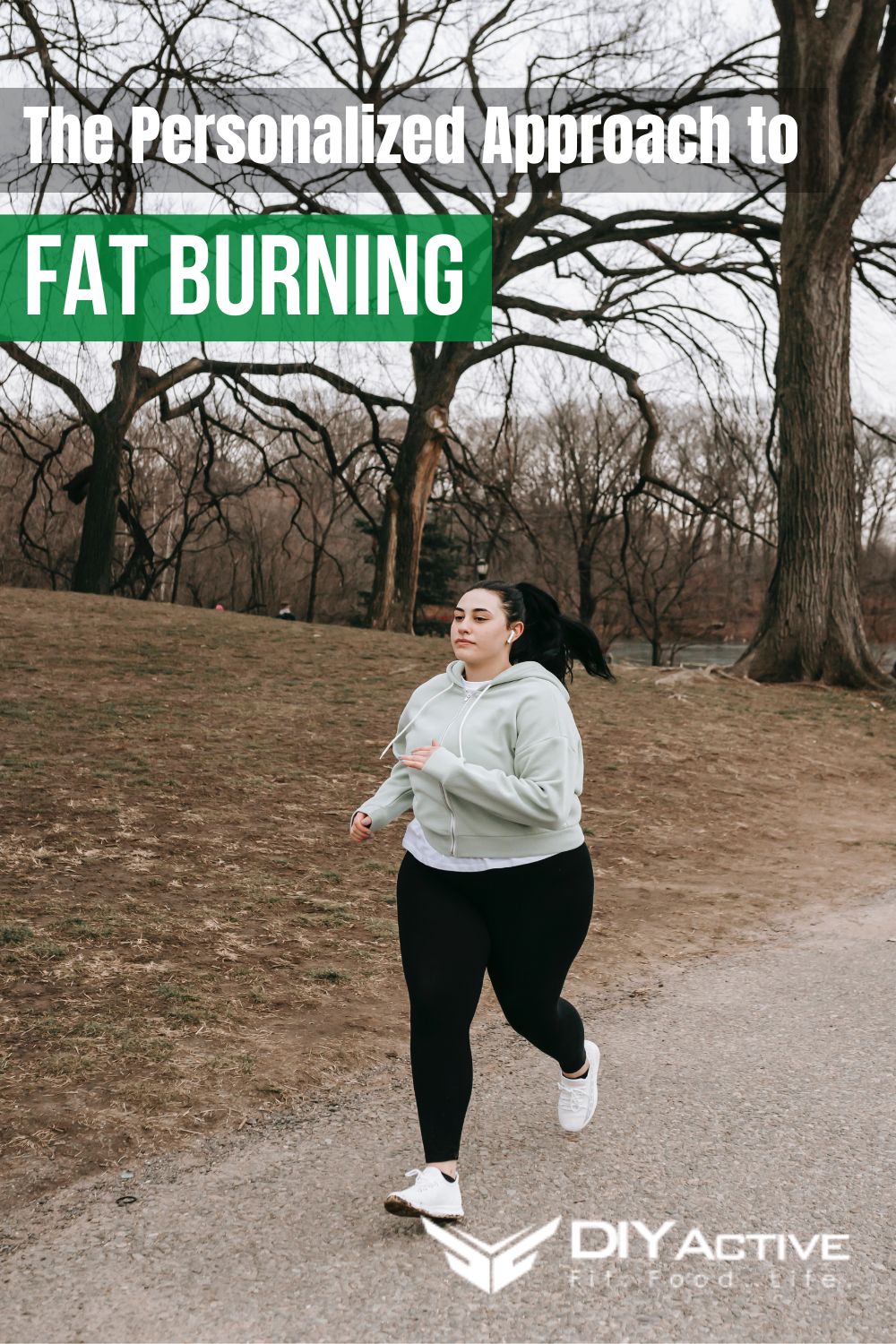
This post may contain affiliate content from which we earn a small commission at no additional cost to you. Read our full disclosure.
How to Maximize Fat-Burning During Workouts?
In the realm of fitness and weight loss, there’s a common belief that there’s a specific “fat-burning zone” that individuals should aim for to optimize fat loss during workouts. This zone is often indicated on commercial exercise machines, guiding users to maintain a certain heart rate to achieve maximum fat burning.
Personalized Fat Burning Exercise
However, a recent study from the Icahn School of Medicine at Mount Sinai challenges this widely accepted notion, emphasizing the need for a more personalized approach to exercise.
The Myth of the Universal “Fat-Burning Zone”
The study, published in Nutrition, Metabolism and Cardiovascular Disease, reveals that the best heart rate for burning fat varies widely between individuals. This means that the “fat-burning zone” displayed on commercial exercise machines may not be universally accurate.
In fact, these machines might be leading many individuals astray, causing them to exercise at intensities that don’t align with their personal weight loss goals.
Hannah Kittrell, MS, RD, CDN, the lead author of the study and a Ph.D. candidate at Icahn Mount Sinai, points out that while most commercial exercise machines offer a “fat-burning zone” option based on age, sex, and heart rate, this recommended zone hasn’t been validated. As a result, many individuals might be missing out on the optimal intensity for their personal fat loss.
The FATmax Concept
The term FATmax is used to describe the exercise intensity and associated heart rate at which the body reaches its peak fat-burning rate during aerobic exercise. At this intensity, fat becomes a significant fuel source, making it an area of interest for those aiming to maximize fat loss during their workouts.
The study involved comparing the heart rate at FATmax, as measured during a clinical exercise test, to the predicted heart rate within the typically recommended “fat-burning zone”.
The results were startling. In a sample of 26 individuals, there was a significant discrepancy between the measured and predicted heart rates, with an average difference of 23 beats per minute. This finding underscores the inaccuracy of general recommendations provided by commercial exercise machines.
The Way Forward: Personalized Exercise Prescriptions
The researchers are now looking into whether individuals who receive personalized exercise prescriptions, based on clinical exercise testing, demonstrate better weight and fat loss outcomes. They also aim to study the improvement of metabolic health markers that identify health risks such as type 2 diabetes, obesity, and heart disease.
Senior author Girish Nadkarni, MD, MPH, emphasizes the potential benefits of using clinical exercise testing to prescribe personalized exercise routines tailored to fat loss. This approach, combined with data-driven methods, can pave the way for precision exercise, ensuring that individuals get the most out of their workouts.
Wrap-Up
The findings from the Icahn School of Medicine at Mount Sinai serve as a reminder that when it comes to fitness and weight loss, one size doesn’t fit all. It’s crucial for individuals and trainers to move beyond the generic guidelines provided by commercial exercise machines and seek personalized exercise prescriptions. By doing so, they can ensure that their workouts are truly aligned with their fat loss goals.
References:
– “Fat burning during exercise varies widely between individuals: Study reveals limitations of commercial exercise machines, emphasizing the need for a more personalized approach to exercise.” ScienceDaily, 10 August 2023. [Link](https://www.sciencedaily.com/releases/2023/08/230810180107.htm)
– Kittrell, H. D., DiMenna, F. J., Arad, A. D., Oh, W., Hofer, I., Walker, R. W., Loos, R. J.F., Albu, J. B., & Nadkarni, G. N. (2023). Discrepancy between predicted and measured exercise intensity for eliciting the maximal rate of lipid oxidation. Nutrition, Metabolism and Cardiovascular Diseases. DOI: 10.1016/j.numecd.2023.07.014.
Photo by Andres Ayrton
Photo by Moe Magners
Disclosure: In the spirit of full disclosure, DIYactive.com may be compensated in exchange for featured placement of certain reviews or links on this website. View our full disclosure.



